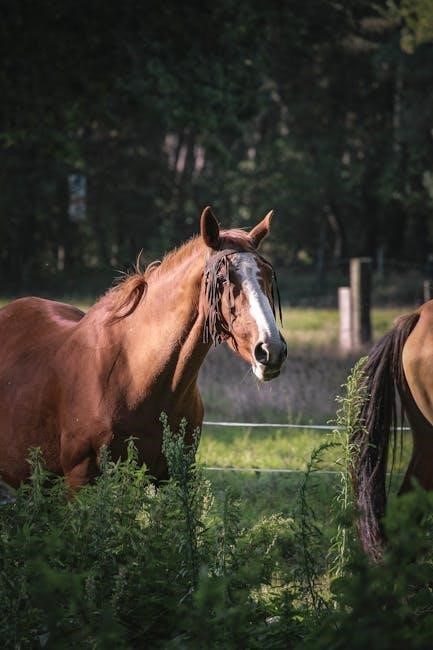
The poem In Flanders Fields, written by John McCrae, is a powerful tribute to soldiers who lost their lives in World War I. Available as a PDF, it captures the harsh realities of war, honoring the fallen and inspiring future generations to remember their sacrifice.
1.1 Overview of the Poem’s Historical Context
In Flanders Fields was written during World War I by John McCrae, a Canadian physician and soldier. Inspired by the funeral of his friend Alexis Helmer, the poem reflects the devastation of the Second Battle of Ypres in 1915. It vividly captures the grim reality of war, using imagery like poppies growing among graves to symbolize sacrifice and remembrance. First published in Punch magazine, it became a powerful symbol of wartime loss and honor.
1.2 Importance of the Poem in WWI Literature
In Flanders Fields holds a significant place in WWI literature, transcending its role as a mere poem. It became a rallying cry for soldiers and civilians alike, embodying the spirit of sacrifice and duty. The poem’s vivid imagery and emotional depth resonated globally, making it a cornerstone of war literature. Its enduring popularity has cemented its influence on modern remembrance traditions, ensuring its relevance across generations.
Structure and Themes of the Poem
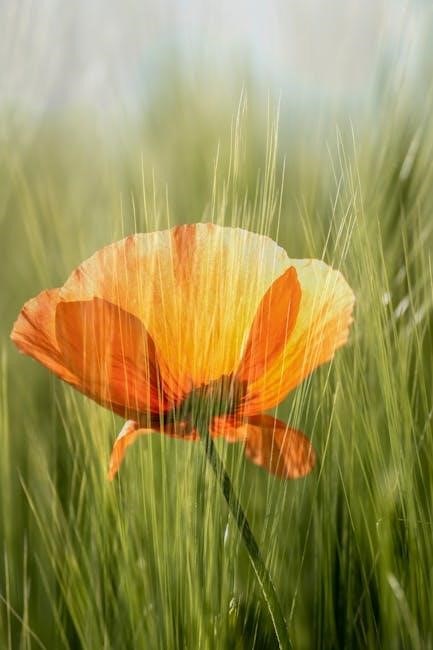
In Flanders Fields is a rondeau, a French poetic form, consisting of three stanzas with a specific rhyme scheme. It explores themes of remembrance, sacrifice, and the enduring legacy of fallen soldiers, using vivid imagery and emotional depth to convey the harsh realities of war and the hope for peace.
2.1 Analysis of the Three-Stanza Structure
The poem’s three-stanza structure masterfully conveys its emotional depth. The first stanza sets the scene, describing poppies blooming among soldiers’ graves in Flanders. The second stanza shifts to the voices of the dead, urging the living to continue the fight. The final stanza emphasizes the importance of remembrance and honor. This structure creates a powerful narrative flow, moving from observation to reflection to a call to action, encapsulating the essence of sacrifice and memory.
2.2 Key Themes: Sacrifice, Memory, and Honor
The poem explores themes of sacrifice, memory, and honor, reflecting on the lives lost in World War I. The poppies symbolize remembrance, while the voices of the dead urge the living to honor their legacy. These themes resonate deeply, making the poem a timeless tribute to fallen soldiers and their enduring impact on humanity.

Historical Background and Inspiration
Written during World War I, In Flanders Fields was inspired by the funeral of Alexis Helmer, a fellow soldier. The poem reflects the harsh realities of war and the emotional toll on those who served, drawing imagery from the battlefields of Ypres.
3.1 The Second Battle of Ypres and Its Impact
The Second Battle of Ypres, fought in 1915, was a brutal clash where chemical weapons were first used, causing immense suffering. This battle deeply impacted John McCrae, inspiring him to write In Flanders Fields after witnessing the devastation and loss of comrades. The poem reflects the horrors of war and serves as a poignant reminder of the sacrifices made during this conflict.
3.2 Funeral of Alexis Helmer: The Poem’s Inspiration
Alexis Helmer, a close friend and fellow soldier of John McCrae, died during the Second Battle of Ypres. McCrae presided over his funeral, where he was deeply moved by the sight of red poppies growing among the graves. This poignant scene inspired him to write In Flanders Fields, capturing the sorrow and sacrifice of war. The poem became a lasting symbol of remembrance and honor for fallen soldiers.
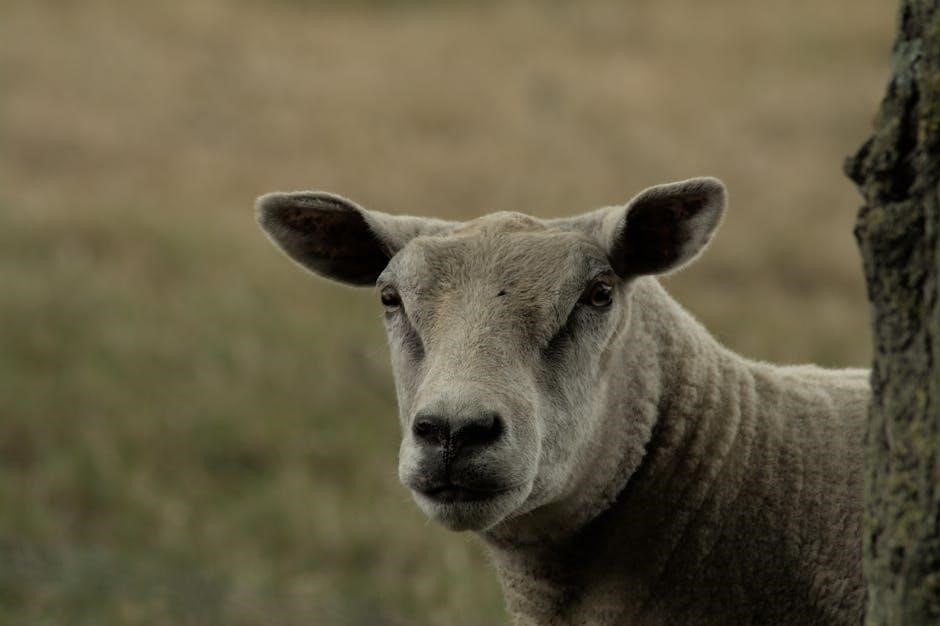
The Poem’s Legacy and Cultural Impact
In Flanders Fields has become a global symbol of remembrance, inspiring countless memorial ceremonies. Its vivid imagery and emotional depth continue to resonate, fostering reflection on sacrifice and peace.
4.1 Adoption as a Symbol of Remembrance
The poem’s vivid imagery, particularly the red poppies, has become a universal symbol of remembrance for fallen soldiers. Inspired by the funeral of Alexis Helmer, McCrae’s work resonated deeply, transcending its origins; The poppy’s adoption as a remembrance emblem spans cultures, featuring prominently in Memorial Day and Remembrance Day ceremonies worldwide. Its enduring relevance ensures the poem’s legacy endures, honoring sacrifice and fostering reflection on peace.
4.2 Use in Memorial Day and Remembrance Day Ceremonies
The poem is widely recited during Memorial Day and Remembrance Day ceremonies, serving as a poignant reminder of wartime sacrifices. Its imagery of poppies and fallen soldiers resonates deeply, fostering reflection and unity. The poem’s themes of honor and memory align with these observances, making it a cornerstone of commemorative events worldwide. Its inclusion ensures the voices of the fallen continue to be heard and remembered.

Availability of “In Flanders Fields” in PDF Format
The poem is readily available in PDF format for free download from various educational and memorial websites, making it accessible for personal or classroom use to honor its legacy.
5.1 Sources for Downloading the Poem as a PDF
The poem can be downloaded as a PDF from various online sources, including educational websites, memorial sites, and platforms like greatwar.nl. Many sites offer free access to the poem, allowing users to print or share it for remembrance or educational purposes. Additionally, some websites provide versions with historical context or analysis, enhancing its educational value. These sources ensure the poem remains accessible for future generations to appreciate its significance and legacy.
5.2 Free Printable Versions for Educational Use
Free printable versions of In Flanders Fields are widely available online, making it accessible for educational purposes. Many websites offer downloadable PDFs, perfect for classroom use or remembrance activities. These versions often include the full text of the poem, sometimes accompanied by historical context or discussion questions. Teachers can use these resources to help students explore the poem’s themes and significance in a structured learning environment.

Biography of John McCrae
John McCrae, a Canadian physician and Lt. Col., was born in 1872 and died in 1918. He served in World War I, inspiring his famous poem In Flanders Fields.
6.1 Early Life and Career of John McCrae
John McCrae was born on November 30, 1872, in Guelph, Ontario, Canada. He developed a passion for poetry and medicine early in life, studying at the University of Toronto. Before World War I, McCrae worked as a physician and taught pathology. His dual talents as a doctor and poet laid the foundation for his later contributions during the war.
6.2 McCrae’s Role in World War I
Derving World War I, John McCrae served as a lieutenant colonel in the Canadian Expeditionary Force. He was stationed in Belgium during the Second Battle of Ypres, where he witnessed the devastating effects of war firsthand. His experiences as a battlefield surgeon deeply influenced his writing, particularly in In Flanders Fields, which became an iconic symbol of wartime sacrifice and remembrance.
The Poem’s Symbolism and Imagery
The poem uses vivid imagery like poppies and crosses to symbolize remembrance and sacrifice. The larks flying amidst gunfire contrast nature’s beauty with war’s brutality, evoking deep emotion.
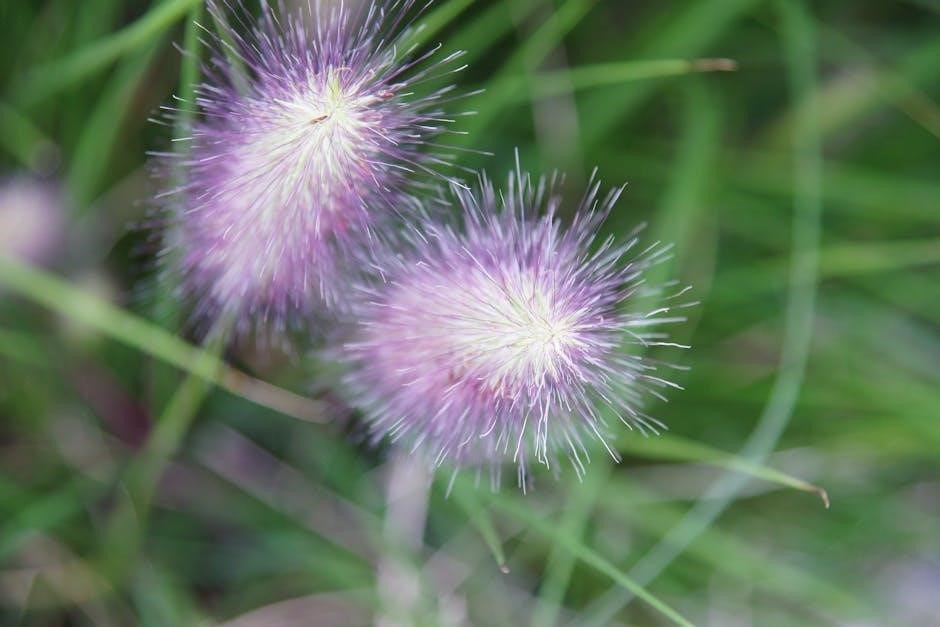
7.1 The Significance of Poppies in the Poem
The red poppies in In Flanders Fields symbolize remembrance and sacrifice, growing over soldiers’ graves in the war-torn landscape. Their vibrant color contrasts the devastation of war, embodying the enduring memory of the fallen. McCrae’s imagery transformed the poppy into a global symbol of honor for soldiers, particularly in Remembrance Day traditions, ensuring their legacy lives on through this poignant natural beauty.
7.2 The Use of Nature to Depict War’s Harshness
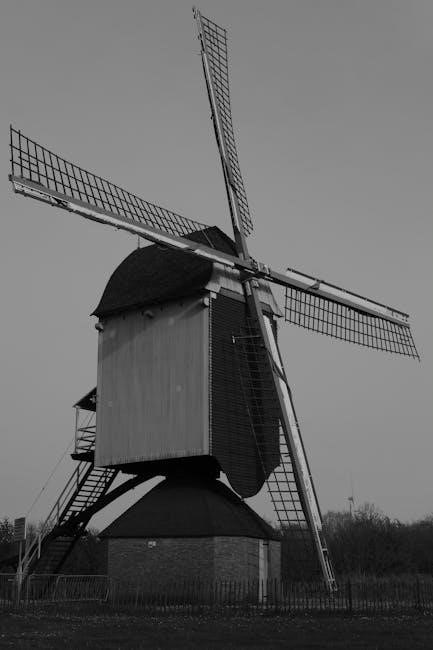
Nature elements in In Flanders Fields vividly contrast the beauty of life with the brutality of war. Larks singing amidst gunfire and poppies blooming among graves highlight the resilience of nature and the transience of human conflict. McCrae uses these imagery to evoke emotional depth, illustrating how war disrupts the natural order while nature persists, symbolizing hope and enduring memory amidst devastation.
Educational Resources and Analysis
In Flanders Fields is widely used in classrooms, with PDF versions available for educational purposes. Lesson plans and analysis guides help students explore its themes and historical context.
8.1 Lesson Plans for Teaching the Poem
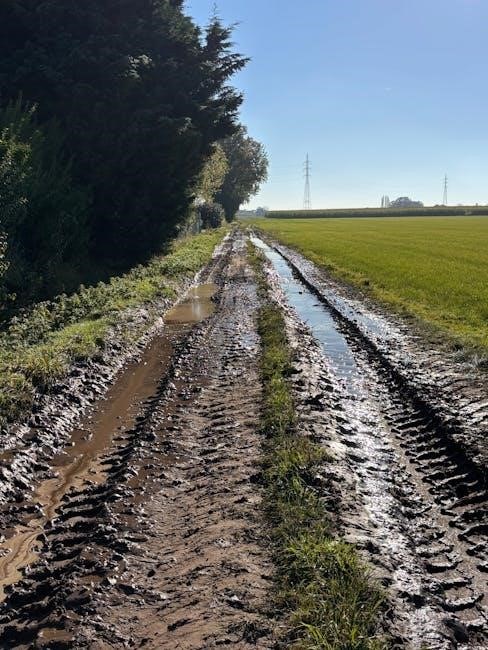
Educators can access PDF versions of In Flanders Fields for classroom use, along with accompanying lesson plans. These resources include activities to analyze the poem’s themes, historical context, and literary devices. Students explore symbolism, such as the poppies, and discuss the poem’s emotional impact. Lesson plans often incorporate discussions on sacrifice, remembrance, and the human cost of war, fostering empathy and historical understanding.
8.2 Critical Analysis and Interpretation Guides
Critical guides for In Flanders Fields offer deep insights into its themes of sacrifice, memory, and honor. Analysts highlight the poem’s vivid imagery, such as poppies symbolizing remembrance and larks representing hope amidst war’s horrors. The three-stanza structure is examined for its emotional progression, while the poem’s cultural impact is explored, particularly its role in shaping remembrance traditions globally. These guides aid readers in understanding the poem’s enduring relevance and emotional depth.
In Flanders Fields remains a timeless tribute to WWI’s fallen soldiers; Its vivid imagery, like poppies symbolizing remembrance, ensures its enduring relevance, inspiring future generations to honor the sacrifices of the past.
9.1 The Enduring Relevance of “In Flanders Fields”
The poem’s enduring relevance lies in its universal themes of sacrifice, memory, and honor. Its vivid imagery, such as poppies symbolizing remembrance, resonates across generations. As a PDF, it remains accessible for educational and commemorative purposes, ensuring its message continues to inspire reflection on the cost of war and the importance of peace.
9.2 The Poem’s Continued Influence on Modern Society
In Flanders Fields remains a powerful symbol of remembrance, influencing modern society through its imagery and themes. The poppy, central to the poem, is now an international emblem of remembrance. Its message of honoring sacrifices and promoting peace continues to resonate, making it a cornerstone of commemorative ceremonies worldwide. Available as a PDF, it is widely shared in educational settings and tributes, ensuring its relevance endures for future generations.